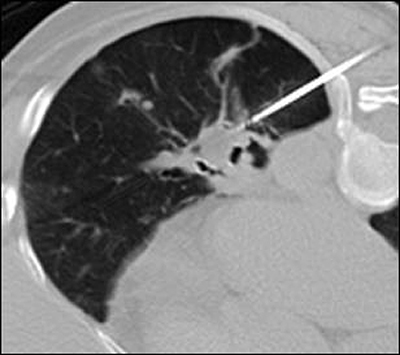Efficacy of Cryoablation on Metastatic Lung Tumours with with a 5-Year Follow-uP: The ECLIPSE Study
Thierry De Baère, MD; David Woodrum, MD, PhD; Lambros Tselikas, MD; Fereidoun Abtin, MD; Peter Littrup, MD; Frederic Deschamps, MD; Robert Suh, MD; Hussein D. Aoun, MD; Mat-thew Callstrom, MD
Journal of Thoracic Oncology • August 2021
Study Objective
- Primary objective was to assess 5-year local control of CA in lung tumors of 3.5 cm or less in patients with pulmonary metastatic disease
- Secondary objectives to evaluate cancer-specific and overall survival, as well as, evaluate changes in quality of life (QoL) over a five-year period
Study Design
- Multicentre, prospective, single arm study Patients with 60 lung metastases were treated during 48 cryoablation procedures
- Inclusion Criteria: 1 to 5 metastases from extrapulmonary cancers, with a max diameter of 3.5 cm
- Patients were 62.6 ± 13.3 years old (26–83)
- The most common primary cancers were colon (40%), kidney (23%), and sarcomas (8%)
- 4 sites (3 US and 1 FR)

Method
- Cryoablation was performed under general anesthesia (67%) or conscious sedation (33%)
- Mean size of metastases was 1.4 ± 0.7 cm (0.3–3.4), and metastases were bilateral in 20% of patients
- Technical success for each treated tumor was defined as a zone of ground glass opacity, or visible ice encompassing the targeted tumor with at least a 5 mm circumferential ablative margin on CT at end of the cryoablation
- Cryoablation was performed applying a three-cycle freeze–thaw phase protocol

Results

Freedom from Local Progression
Patients free from local progression without additional locoregional treatment at the index lesion.

Disease Specific Survival

Conclusion
Cryoablation is an effective means of local tumor control in patients with metastatic lung disease, with the majority of surviving patients maintaining local tumor control at the index tumor site over 5 years. Further-more, cancer-specific survival and overall survival were greater after 5 years than for many other local treat-ment modalities, including surgical resection.















